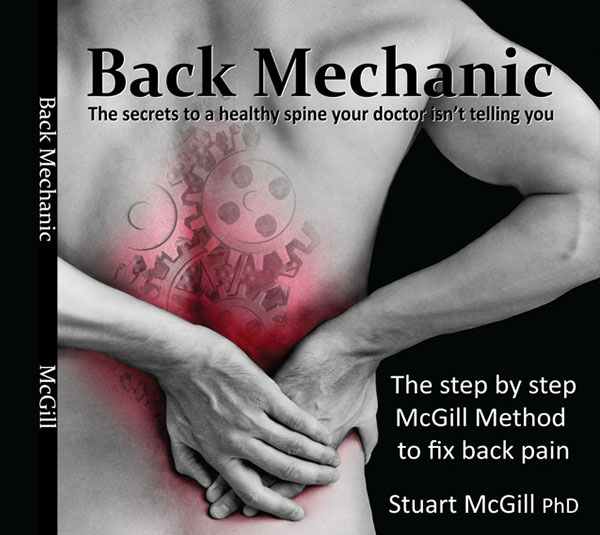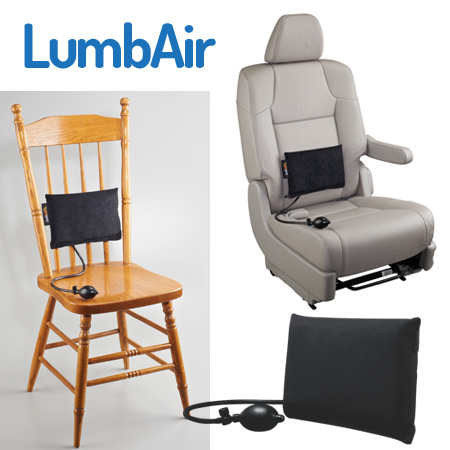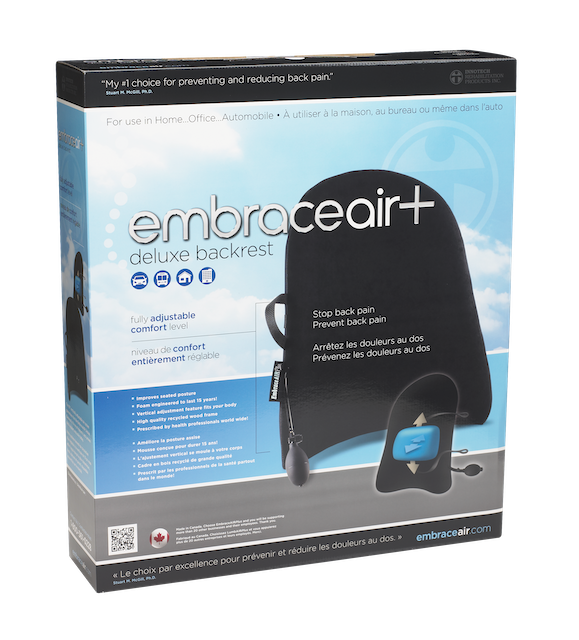26 Apr Chiropractor Vs. The McGill Method For YOUR Back Pain
Article Rundown
- Chiropractors vs. McGill Method
- What the McGill Method actually is
- The problem with some MRIs
- Pain free does not always mean healed
McGill Method Explained: Why It Works When Chiropractors Don’t
When it comes to back pain and spinal rehabilitation, not all methods are created equal. In a world full of cookie-cutter treatments and generic advice, the McGill Method stands out as a systematic, science-backed approach that prioritizes individualized assessment and long-term results. As someone who’s worked with countless lifters, athletes, and everyday people struggling with back pain, I’ve seen firsthand the difference this approach can make—especially when compared to what many chiropractors offer.
A Word on Chiropractors
Let me be upfront: I don’t have much faith in most chiropractors. That might sound harsh, but after years in the trenches doing in-depth back assessments, coaching, and rebuilding lifters from the ground up, I’ve seen the same pattern over and over. Many chiropractors rely heavily on quick fixes like neck or back adjustments, superficial manipulations, and one-size-fits-all stretches. These may provide short-term relief, but they rarely address the root cause of pain.
Of course, there are exceptions. Some chiropractors do solid work and genuinely help people. But if you’ve tried these generic methods and you’re still in pain—or worse, getting worse—there’s a better approach out there.
What the McGill Method Really Is
People hear “McGill Method” and immediately think of the Big Three: bird dog, side plank, and curl-up. But that’s just a fraction of the process. In fact, during a full assessment—which takes about four hours—I might spend just 15 to 20 minutes on the Big Three. The McGill Method isn’t just about exercises. It’s a diagnostic framework for identifying the root cause of pain and developing a targeted plan to eliminate it.
Here’s how it works:
- Step 1: Assessment – This involves nerve root testing, posture and movement analysis, and controlled loading of the spine. We correlate these findings with the client’s MRI to see if structural abnormalities (like disc bulges or facet issues) match their symptoms.
- Step 2: Remove the Cause – Once we pinpoint what’s provoking the pain, we work to eliminate that movement, posture, or load.
- Step 3: Rebuild Capacity – Pain-free doesn’t mean healed. After symptoms improve, we begin rebuilding the spine’s ability to tolerate load—slowly and progressively.
Why MRI Isn’t Enough
An MRI is a static snapshot. Most people lie pain-free during the scan, but their symptoms flare up during movement—bending, twisting, loading. That’s why dynamic assessment is critical. Many issues, like a disc bulge, can shift depending on position and load. An MRI alone can’t capture that.
Take someone who feels fine most of the day but gets dropped to the floor by a simple twist or bend—they don’t just need imaging. They need movement analysis to find what’s truly going on.
Real-World Example: Naomi Sheppard
If you want proof this works, look at Naomi Sheppard’s case. Years ago, she suffered debilitating pain that no adjustment or stretch could fix. We started with a full McGill assessment, identified the pain triggers, and began rebuilding from ground zero. At first, she couldn’t tolerate any load. No squats, no barbells. But through careful progression—Big Three, walking, goblet squats, suitcase carries—we built her back up.
Now, Naomi’s squatting again—pain-free and symptom-free. You can watch the full video series on my YouTube channel [HERE].
The Misconception About “Pain-Free”
One of the biggest myths in rehab is that “pain-free” means you’re healed. That couldn’t be further from the truth. Pain is just a signal—it can fade even if the underlying issue hasn’t fully healed. That’s why so many people relapse. They rest, feel better, rush back to the gym, and boom—another flare-up.
Take disc herniations, for example. Sometimes they “vacuum” back in off the nerve root, reducing pain. But if you load the spine too soon, before the annulus or supporting structures are ready, you’re back at square one. That’s why we stress maintaining the spine’s integrity through every phase of the rebuild.
We use tools like the “tummy lie” (from Back Mechanic and Gift of Injury) to help centralize disc pressure without forcing dangerous extension like a McKenzie press-up might do in some cases.
In Closing: Choose the Right Path
If you’ve been bouncing from adjustment to adjustment, chasing short-term relief, and still not getting better—it’s time to change strategies. The McGill Method doesn’t promise miracles overnight, but it delivers results by identifying root causes, eliminating pain triggers, and building true resilience.
If you’re ready to start that journey, head to PowerRackStrength.com to book a consult and find out if this approach is right for you.










Sorry, the comment form is closed at this time.